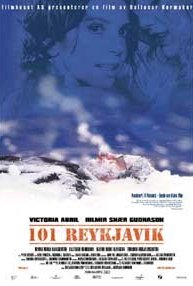
101 Reykjavík
Baltasar Kormákur, 2000


The SAC is here to provide you with opportunities to study Icelandic outside class time. If you need advice and guidance on what to study, you should talk to your class tutor, who will help you identify your strengths and weaknesses and make recommendations on what to study.
Icelandic (íslenska) is an Indo-European language belonging to the Germanic languages. It is the closest living relative of Faroese; these two languages, along with Norwegian, comprise the West Scandinavian languages, descended from the western dialects of Old Norse. Danish and Swedish make up the other branch, called the East Scandinavian languages. More recent analysis divides the North Germanic languages into insular Scandinavian and continental Scandinavian languages. The conservatism of the Icelandic language and the fact that it is almost identitcal to Old Norse (which is equivalently termed Old Icelandic by linguists) means that modern Icelanders can easily read the Eddas, sagas, and other classic Old Norse literary works created in the tenth through thirteenth centuries. The vast majority of Icelandic speakers — about 320,000 — live in Iceland. There are over 8,000 speakers of Icelandic living in Denmark. The language is also spoken by some 5,000 people in the US and by over 1,400 people in Canada, with the largest group living in Manitoba, notably Gimli (Gimli being an Old Norse word for 'heaven').